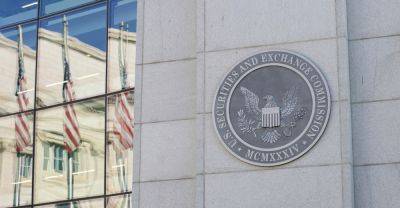Will $28K Bitcoin price hold? Two indicators remain solid despite 5% pullback
Bitcoin (BTC) saw considerable volatility between April 25 and May 1, ranging between $27,200 and $30,000. From a trading perspective, the 10.5% move sounds alarming, resulting in $340 million in leveraged BTC futures contract liquidations.
However, from a broader angle, Bitcoin price is up 72% year-to-date in 2023, while the S&P 500 stock market index accumulated 9% gains.
Bitcoin’s bull run happened while the dollar strength index (DYX), which measures the U.S. currency against a basket of foreign exchanges, was nearing its lowest level in 12 months.
The indicator stands at 102, down from 105.3 eight weeks prior, as investors priced in higher odds of further interventions from the U.S. Treasury to contain the banking crisis.
On May 1, the California Department of Financial Protection and Innovation closed down First Republic Bank (FRB) and transferred control to the Federal Deposit Insurance Corporation (FDIC). The FDIC then entered into a purchase and assumption agreement with JPMorgan to protect depositors. FRB joined Silicon Valley Bank and Signature Bank to become the latest U.S. bank to collapse in 2023.
Now, the upcoming Federal Reserve decision on interest rate on May 3 is causing Bitcoin investors to question the sustainability of the $28,000 support level. By pushing the rate return closer to 5%, the central bank removes incentives for risk markets investments, hence, essentially negative for the price of Bitcoin.
Let's look at derivatives metrics to better understand how professional traders are positioned in the current market environment.
Margin markets provide insight into how professional traders are positioned because they allow investors to borrow cryptocurrency to leverage their positions.
OKX, for instance,
Read more on cointelegraph.com











